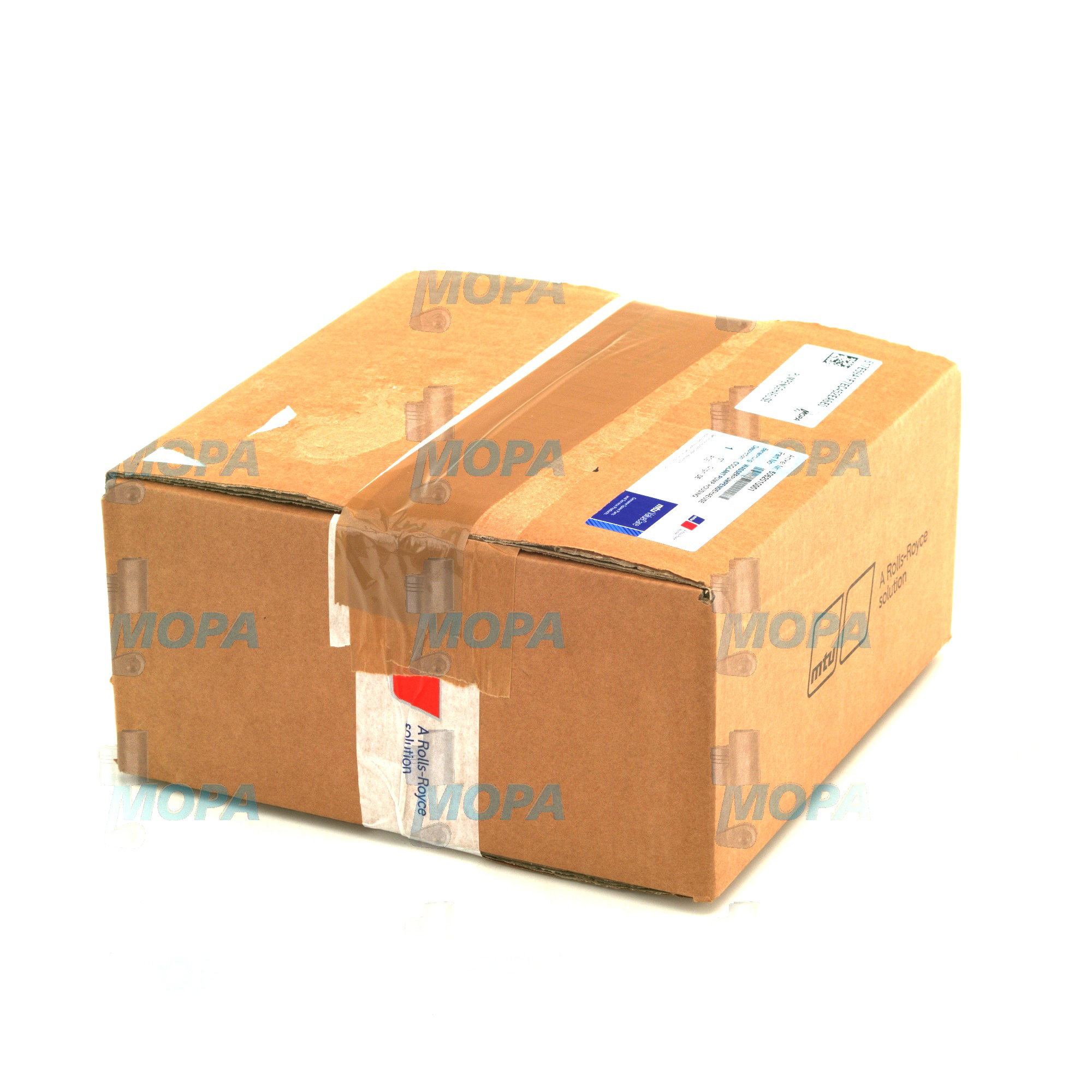PUMP HOUSING and Pumps, parts and accessories for marine and diesel engines
Pumps, parts and accessories form a critical component category that keeps marine engines, diesel engines and gas engines running safely and efficiently. From fuel delivery and lubrication to jacket-water cooling and seawater circulation, every engine relies on a coordinated pump system built from precisely matched elements. At the heart of these assemblies sits the PUMP HOUSING, supported by wear parts, seals, impellers, shafts, bearings, gaskets and a range of accessories that maintain flow, pressure and cleanliness under harsh operating conditions.
“Pumps, parts and accessories” covers complete centrifugal and gear pumps as well as the detailed items that define hydraulic performance and service life. In propulsion and auxiliary sets alike, the right combination of casings, wear rings, mechanical seals, couplings, strainers, and mounting hardware ensures stable discharge pressure, low vibration and reliable start‑up after long idle periods. For purchasers and technical decision‑makers, selecting the correct PUMP HOUSING together with compatible components is central to uptime and predictable lifecycle cost.
Technical function of Pumps, parts and accessories: PUMP HOUSING in engine systems
The PUMP HOUSING provides the pressure-retaining envelope and precise internal geometry that guides fluid through an engine’s pump stage. In a centrifugal cooling pump, the housing incorporates the volute or diffuser passages that convert impeller velocity into pressure; in a gear‑type lube oil pump, the housing fixes center distance and end clearances that control internal leakage. A correctly machined PUMP HOUSING for a marine engine maintains tight tolerances to minimize recirculation losses, protect against cavitation and deliver the specified head at the rated flow.
Material choice is application‑specific. Cast iron and ductile iron housings are common for lube oil and coolant duties, while bronze and stainless steel casings resist seawater corrosion on the raw‑water side. Duplex stainless and coated alloys are used for highly aggressive media. The housing interfaces with seals, O‑rings and gaskets to contain pressure and with wear rings to preserve impeller-to-casing clearance as parts age. Flanged nozzles to DIN/ASME standards ensure straightforward integration into engine skids and shipboard piping.
With a well‑matched PUMP HOUSING in a diesel engine, the pump develops stable flow across the engine’s operating envelope, keeping bearing oil films intact, cylinder liners evenly cooled and fuel conditioned at the correct pressure. Accessories such as flexible couplings reduce shaft misalignment loads, while suction strainers protect internal components from debris. Together, these pumps, parts and accessories define hydraulic efficiency, energy consumption and, ultimately, engine performance.
- · Precision flow control through engineered volute or gear cavity geometry.
- · Robust pressure containment with corrosion‑resistant materials.
- · Optimized clearances for efficiency and low heat rise.
- · Reliable sealing with matched gaskets, O‑rings and mechanical seals.
- · Easy installation via standardized flanges and compact footprints.
- · Serviceable design with wear rings and replaceable liners.
- · Compatibility with OEM parts for consistent hydraulic performance.
When specified as PUMP HOUSING OEM parts for diesel engines, dimensional fidelity and metallurgy align with the original hydraulic design curve, preserving Net Positive Suction Head (NPSH) margins and preventing cavitation. This consistency is essential for engines operating under variable loads, frequent starts and the thermal cycling typical in marine service.
Importance for engine operation: why Pumps, parts and accessories matter
Engine reliability depends on steady lubrication, controlled temperatures and clean fuel delivery. If the PUMP HOUSING or associated parts degrade, clearances open up, hydraulic efficiency falls and discharge pressure becomes erratic. Consequences range from rising bearing temperatures and accelerated wear to coolant boiling, localized hot spots and, in severe cases, seizure. On the fuel side, inadequate transfer or booster pump performance can cause injection pressure fluctuations, poor atomization and elevated specific fuel consumption.
Failures also carry safety and environmental risks. A cracked casing or compromised seal can leak fuel or oil into machinery spaces; a starved cooling circuit can trip engines off line at critical moments. In marine applications, seawater pump corrosion may lead to flooding of heat exchangers or contamination of closed loops. Keeping pumps, parts and accessories in specification—especially the PUMP HOUSING that sets the hydraulic foundation—directly supports compliance with class requirements and stable operation in heavy seas, port manoeuvres and continuous base‑load duty.
Advantages of OEM spare parts suitable for Pumps, parts and accessories and the PUMP HOUSING
Choosing OEM spare parts suitable for Pumps, parts and accessories secures the exact geometry, surface finish and material standards the engine’s pump system was engineered around. For the PUMP HOUSING, this means the volute profile, wear ring registers, seal pockets and nozzle orientations are dimensionally correct, enabling drop‑in replacement and rapid recommissioning without rework.
- · Consistent performance: preserves the pump’s head/flow curve and efficiency.
- · Proven materials: corrosion and erosion resistance matched to the medium.
- · Lower risk: tight tolerances reduce vibration, leakage and cavitation onset.
- · Cost control: fewer surprises during installation; less unplanned downtime.
- · Traceability: complete documentation and identification for audits and class.
- · Lifecycle value: longer service intervals with correct clearances and fits.
- · Integration: predictable fit with seals, impellers, shafts and couplings.
For PUMP HOUSING OEM parts in a marine engine or diesel generator, the benefit is practical: predictable alignment with existing impellers and wear components, maintained NPSH margin, and stable pressures that protect bearings, liners and turbocharger oil feeds. This reduces commissioning time, avoids iterative shimming or machining on board, and supports a planned maintenance regime built on known service lives.
MOPA as a partner for OEM spare parts: PUMP HOUSING and Pumps, parts and accessories
MOPA supplies OEM spare parts suitable for Pumps, parts and accessories with a focus on speed, quality and security. Whether you need a seawater PUMP HOUSING for a marine engine cooling circuit, a gear‑pump casing for a diesel engine lube system, or the associated seals, wear rings and couplings, MOPA provides rapid identification, competitive lead times and reliable logistics worldwide.
Customers benefit from application‑driven selection support, documentation for traceability, and secure sourcing from established OEM networks. For diesel and gas engines across marine and power‑generation sectors, MOPA streamlines the procurement of critical pump components so operators can minimize downtime and keep assets on schedule.
Conclusion: the role of the PUMP HOUSING in engine pumps
Pumps, parts and accessories are fundamental to engine reliability, and the PUMP HOUSING is the structural core that sets hydraulic performance. Specifying OEM spare parts suitable for this category protects efficiency, extends service life and keeps maintenance predictable. With MOPA as a dedicated partner for OEM parts, operators secure fast, dependable supply for diesel and gas engine pump systems worldwide.






